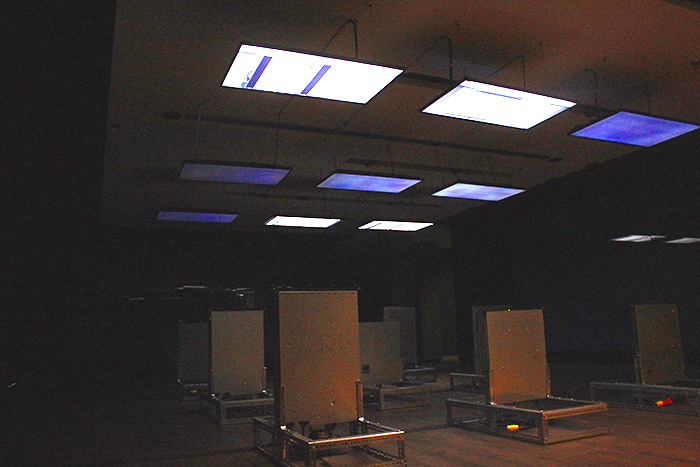From the highly nuanced political arguments that inhabit its comment sections, to the hordes of cuddly critters that distract us from our ever-present deadlines and chores, Facebook is undeniably an important aspect of our modern lives. Regardless of whether you are a casual user, dabbling in the occasional post, or a full-fledged comment crusader, Facebook has forever changed our relationship towards the world we inhabit. Mark Zuckerberg’s brainchild, however, reaches far beyond the realm of the living. “Commemorative” Facebook accounts are the central focus of this fall’s creepy but brilliant exhibit at the McCord Museum, which are accounts of deceased users saved for the purpose of indexing a comprehensive human database.
Le Mois de la Photo à Montréal, a contemporary photography biennial, and the McCord Museum, an institution that frequently explores the interaction between past and present, join forces this fall to display the eerie consequences of digital immortality in After Faceb00k: In Loving Memory <3. It sets out to explore the ethics of ‘virtual soul-keeping.’ While humans have historically sought to enshrine themselves in other worlds, whether in the form of death masks, effigies, and other sorts of funerary art, the Facebook page too can be seen as a vehicle for remembering the dead and immortalizing them in the confines of cyberspace.
The exhibit defines itself as reflecting a ‘post-photography’ culture; where the traditional, purely aesthetic mode of appreciating photography has been replaced by prioritizing cultural, social, and political communication. These “commemorative” Facebook pages are rather questionable, but somehow perfect, medium with which to mourn the dead in our hyper-connected society.
Through a collaborative effort of numerous artists, who scanned hundreds of real Facebook profiles, the McCord Museum now houses perhaps the world’s first digital graveyard, and it is, as the disclaimer at its entrance notes, definitely not for the faint of heart. Upon entering the museum and following seemingly innocent emoticons towards the exhibit, the reality and dread of the espoused ‘post-photographic’ condition truly sets in. Silent, stone tombstones are replaced by droning data machines. Epitaphs are replaced by Facebook photos of the deceased that are shown on digital displays.
Even the funeral procession itself is replaced—or rather infinitely perpetuated—by hundreds of comments and condolences for the departed. Though on the surface the exhibit may have resembled a weirdly modern graveyard, it ultimately did not succeed in conveying the somber sense of respect that typically accompanies such places. However, this is most likely intentional to reflect the lack of sentiment our society now contends with.
A closer look at each grave’s computer screen, something unavoidable due to the awkward, facedown positioning of each monitor, sheds some light on the true character of these “commemorative” Facebook pages. Each monitor has not one, but numerous Facebook profiles tabbed open at the same time. Every five seconds or so, before fully processing all of the photos, comments, and people involved in the profile, the display changes to an entirely different set of Facebook profiles. Moreover, monitors often randomly flash, blur all the different Facebook pages together in a psychedelic fashion, or even all simultaneously turn off to leave the viewer in near complete darkness. These artistic choices portray the “commemorative” Facebook page in a questionable light; the fragmented and often confusing assortment of images leads viewers believe that there is no individuality, or uniqueness, to each of the deceased parties. Any form of connection or respect one might have with a set of images is immediately washed away by the hundreds about to pop up or by the random whims of faulty technology.
While unfortunately being a one room exhibit, After Faceb00k: In loving memory <3 is nonetheless a small piece that packs a powerful existential punch.
The exhibit is on display from Sept 10, 2015, up until January 10, 2016, and is located at the McCord Museum at 690 Sherbrooke Street West, Montreal, QC, H3A 1E9. Admission is free.









Pingback: A Life In Photography | Photos For You And Me